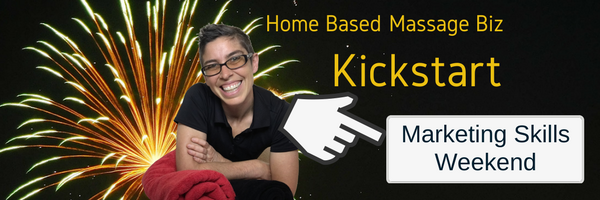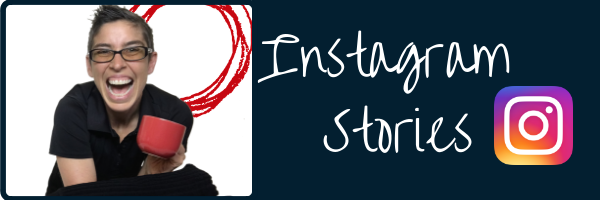|
As a home based massage therapist I’ve never considered being part of university directed research because
Plus I’m up to my eyeballs in doing my own marketing, keeping my own books, managing my family commitments and doing my very best for my massage clients. BUT, after attending a talk by Dr Niki Munk, one of the VERY FEW massage therapists (she has formal accredited massage training and industry experience) who is actually doing university directed research, I’m intrigued. Dr Munk wants us, actual massage therapists, to get involved in massage research so we can keep it real and USEFUL to us and our clients and the real way we run our practices. Did you know that a study doesn’t have to be a randomized double blind blah blah to get published and be formally recognized around the world as a top notch meaningful piece of research? I didn’t. There are other study models that are widely respected. She shared with us the difference between an explanatory approach and a pragmatic approach to study design. Explanatory Model Basically in the explanatory model, you are looking at the effects of intervention (your treatment) under IDEAL conditions. This can be useful because if you get a negative result, this means the treatment DOESN’T work, even under ideal conditions Pragmatic Model But much more interesting to me was the pragmatic study design, which looks for effects under usual circumstances… therefore reflecting the complexities of the REAL WORLD. A positive result here means that your treatment really works and can be used widely. When you chose to create a pragmatic study, you still have to use standardized research tools. The good news is that there are some that fit fabulously for massage. You might have heard of ODI (Oswestry Disability Index) which is well recognized in health research as valid measurement tool. Clients are scored on a variety of daily activities such the length of time they can sit and the pain experienced as they do it. So many researchers have used this tool over the years that the scores have accepted meaning… which just doesn’t happen if you make up a new tool yourself. To cut a long story a bit shorter, Niki’s research into the effects of massage for people with chronic low back pain used community practicing massage therapists as research personnel, which is exactly what it sounds like… accredited and experienced massage therapists, like us, worked with clients that were referred from GPs to Niki’s study. More good news, the results show YES, massage is beneficial … in a clinically relevant researchy way as well as in the opinion of clients. This study can be used when lobbying government, it’s not just us, or our clients giving their opinion. Another thing that was awesome about being a massage therapist participating in this research is that you didn’t have to treat with any specified sequence or technique, but with your own skills and judgement. And even better, they didn’t expect you to do this all free of charge! I’d like to thank Massage and Myotherapy Australia for inviting me to hear Niki speak AND for bringing her out from the USA. It’s great to be part of such a forward thinking association. This blog is 100% my interpretation of what Niki was trying to convey, so I strongly recommend you watch the full video when it’s released by Massage and Myotherapy Australia for all the extra awesome bits I missed talking about. I'll put a link up when there is one available! ... and so how did I go with my explanation of the research models? Did it make sense? I'd love to hear from you. If your marketing feels disorganized, why not learn how to create an EASY system with CLEAR steps to generate regular new clients and dependable income. A marketing system that is authentically YOU, not fake and salesy. Click the image to check it out! If you enjoyed this blog about my continuing education experience, here's another you might like!
Click on the image. |















 RSS Feed
RSS Feed
